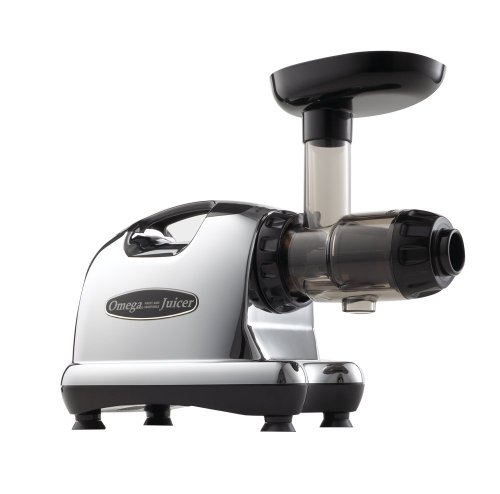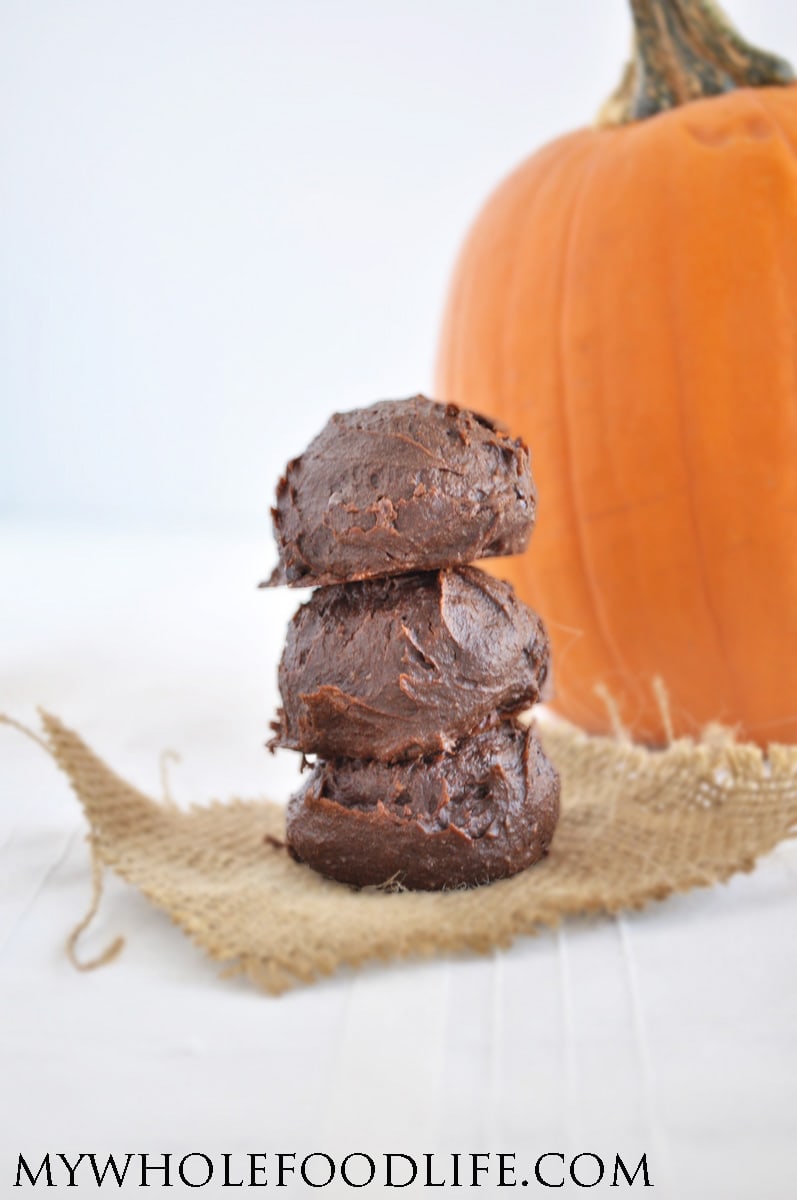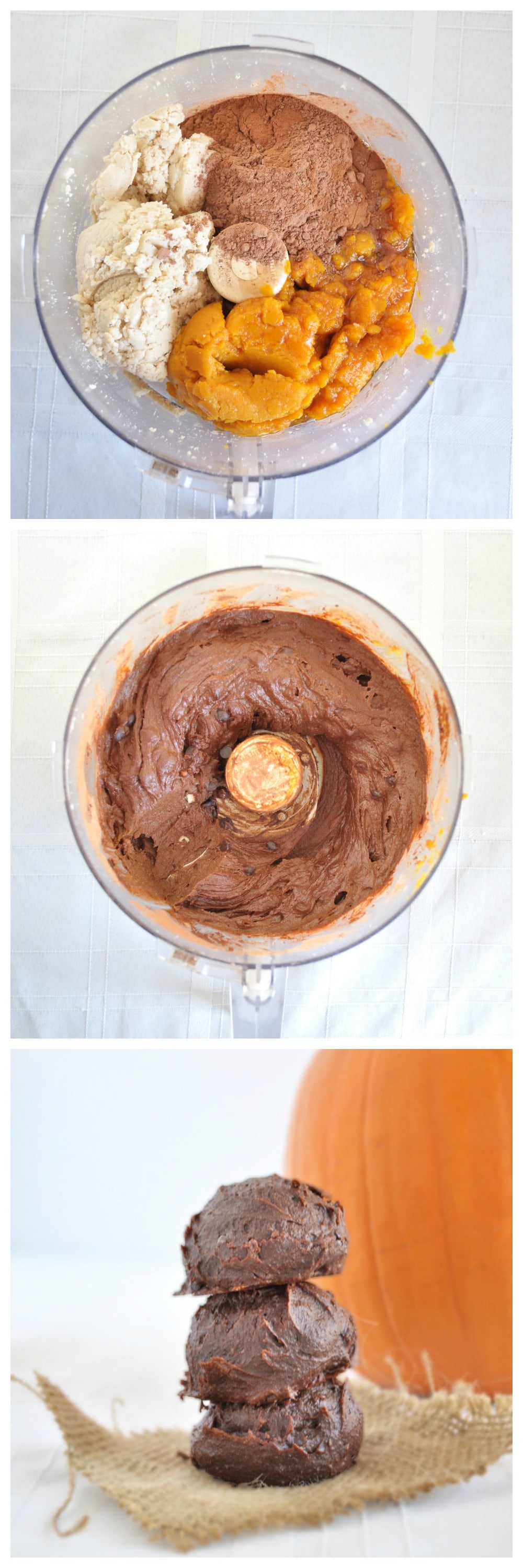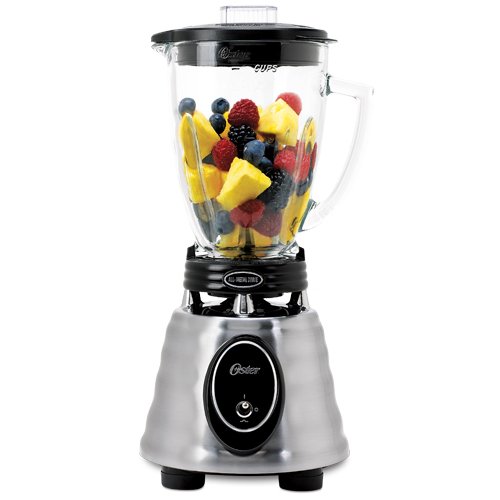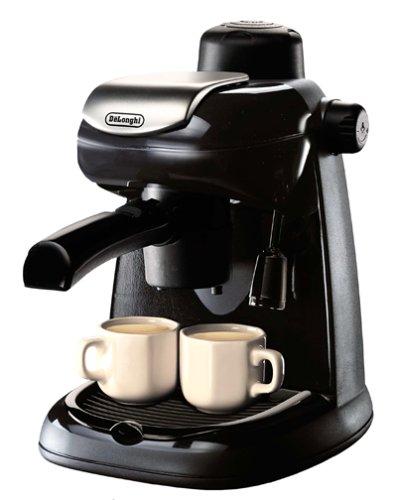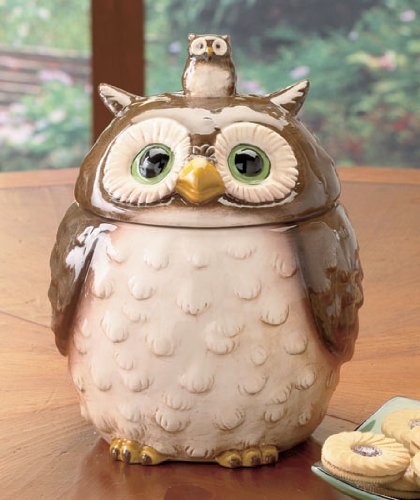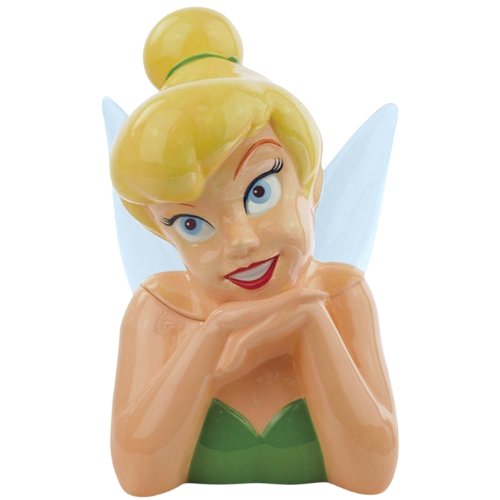Grinding coffee in your own kitchen provides the opportunity to
touch and smell the beans, as well as anticipate the sweetness, acidity,
taste and flavor of the cup. The coffee you prepare is rich and fresh
and the aroma filling the room is a great way to start a new day.
There
are tools and appliances that are prized possessions on the kitchen
counter full-time. Yours may be different from the ones someone else
prefers but they probably include several of the following: a coffee
maker with a built-in grinder or a standalone coffee grinder, a blender,
juicer or food processor, a set of quality knives, and a radio.
The
choices of grinders available are many. Antique grinders in cylinder
shaped mills. Manual grinders you place above a bowl to catch the ground
coffee. Hand-cranked grinders with a drawer below the blade for the
grounds. The mortar-and-pestle coffee grinder is another antique version
that requires manual strength and patience to grind the coffee. Other
types of available coffee grinders include electric and manually
operated models with conical or wheel burr grinding.
The history
of coffee grinders takes us back to the Middle Ages to Turkey, Persia
and Greece. Coffee beans were roasted in small saucers over a fire. A
cylinder shaped mill was used to grind the coffee. The manually hand
cranked grinder was fairly simple in its design. The top would have a
removable lid to put the coffee beans in the main body of the container.
The main body was shaped like a cylinder. The mill inside would grind
the coffee beans. The ground coffee would fall into a bowl or plate. The
grounds were transferred to a different container for brewing. Grinders
were modified over time. For example, two conical sockets were added to
the design. One attached to the mill and the other to the bottom of the
body using a screw. The bottom container would hold the ground coffee.
This is the way the
Turkish manual coffee grinder is still used by
millions of people in Turkey and abroad.
A wooden
mortar-and-pestle grinder, used to make "coffee powder," was listed in
the cargo of the Mayflower in 1620. This is not a surprise since Captain
John Smith (c. January 1580-June 21, 1631), who was an English soldier,
explorer, author and among the first arrivals in the New Continent, had
become familiar with coffee during his visits to Turkey. It is
interesting to note that the Dutch, who had early knowledge of coffee
from their colonies around the world, were not the first to bring coffee
to the first permanent settlements. However, coffee was probably
imported from Holland as early as in 1640. The British introduced the
coffee drink to the New York colony sometime between 1664 and 1673 which
is noteworthy since tea is the traditional British beverage. In the
1670's coffee was roasted, ground, brewed, and then flavored with sugar
or honey, and cinnamon. Undoubtedly the mortar-and-pestle coffee
grinding technique changed as innovative New World settlers figured out
ways to ease the task of coffee grinding through the use of more
efficient and long lasting coffee grinding tools.
The first US
patent for a coffee grinder was issued to Thomas Bruff of Maryland in
1798. Thomas Bruff was one of Thomas Jefferson's dentists. Thomas
Jefferson often referred to tooth problems and dental visits in letters
that are now public record. It is quite possible that when he visited Dr
Bruff's office, Thomas Jefferson may have seen a wall-mounted device
with ground beans between metal nuts with coarse and fine teeth. No pun
intended but how appropriate for a dentist to have filed the first US
patent for a coffee grinder! In 1870 the Champion# 1 became one of the
most widely used commercial grinders in grocery stores. In 1898, the
Hobart Manufacturing Company of Troy, Ohio, filed a patent for an
electric grinder. The design included teeth on a rotating shaft inside
the housing underneath the bean compartment. Several years later several
patents were granted for grinder blades using slightly different
improvements in the steel-cut design.
For some coffee lovers and
connoisseurs, antique coffee grinders are a must collectible in their
homes. This does not mean that if you are one of them you have to hunt
for one at garage sales or at old-fashioned general stores. You
certainly can do so if that is your preference. However, well-known
coffee making equipment manufacturers recognized the trend and now offer
a wide selection of coffee machines that look genuinely antique. They
preserve the look and feel of antique coffee grinders but incorporate
modern improvements to ensure a fine and superior grind for great
tasting coffee. Some of the brands for antique style gourmet coffee
grinders include Bodum, Universal, and Jablum to mention just a few.
Of
course, you do not have to use an antique coffee grinder to grind your
beans. There are many alternatives available in modern coffee grinding
equipment to satisfy the most demanding of coffee lovers. Burr grinders
are probably the best choice for home coffee grinding. They tend to have
two different spinning surfaces to crush the beans placed between them.
The styles, sizes, shapes of cylinders, and other features vary from
one model to the next. Why use a burr grinder? Unlike blade grinders,
burr grinders crush coffee in an almost frictionless way which means the
beans release the maximum flavor oils for a fresh and great cup of
brewed coffee. Burr grinders are available as either manually operated
or automatic grinders. The choice will be entirely up to you. The manual
process is not that long, really. It usually takes about 5 minutes of
manual grinding or so for a typical 8 to 12 cup pot size. However, this
can be inconvenient if you are pressed for time. Whether you choose a
manual or automatic burr grinder, the coffee will be uniformly ground
which is a great feature for great tasting coffee. Bodum, Capresso, and
Breville are examples of brands of burr coffee grinders available.
With
all this talk of coffee, I'm ready for a great cup of Jamaican Genuine
Blue Mountain gourmet coffee. Want to join me for a cup?
Timothy ("Tim") S. Collins, the author, is called by those who know him "The Gourmet Coffee Guy."
He is an expert in article writing who has done extensive research
online and offline in his area of expertise, coffee marketing, as well
as in other areas of personal and professional interest.
Come visit the author's website:
http://www.ourgourmetcoffee.com
Also visit:
http://www.squidoo.com/thegourmetcoffeeguy-lensography
© Copyright - Timothy S. Collins. All Rights Reserved Worldwide
